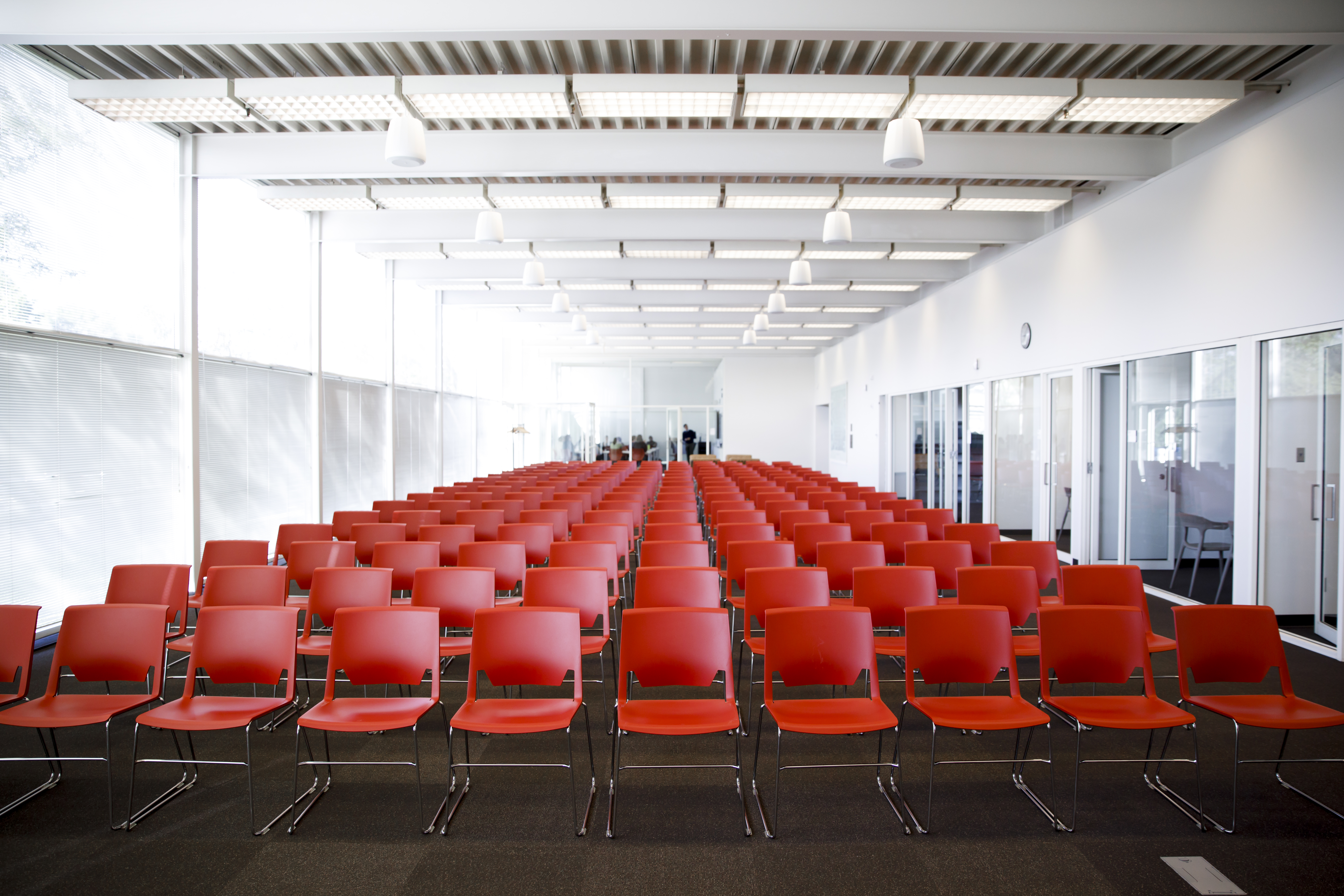Presenting 101
Universal Design
Universal Design is the design and composition of an environment so that it can be accessed, understood and used to the greatest extent possible by all people regardless of their age, size, ability or disability. An environment (or any building, product, or service in that environment) should be designed to meet the needs of all people who wish to use it. This is not a special requirement, for the benefit of only a minority of the population. It is a fundamental condition of good design. If an environment is accessible, usable, convenient and a pleasure to use, everyone benefits. By considering the diverse needs and abilities of all throughout the design process, universal design creates products, services and environments that meet peoples' needs. Simply put, universal design is good design (Centre for Excellence in Universal Design, 2014).
Universal design often results in features that are used by a variety of people, not just those with disabilities. For example, curb cubs that are created for those in wheelchairs, are often used by those with strollers, children on wheels, and for rolling carts.
Principles of Universal Design
The design is useful and marketable to people with diverse abilities.
Principle 2: Flexibility in Use
The design accommodates a wide range of individual preferences and abilities.
Principle 3: Simple and Intuitive Use
Use of the design is easy to understand, regardless of the user's experience, knowledge, language skills, or current concentration level.
Principle 4: Perceptible Information
The design communicates necessary information effectively to the user, regardless of ambient conditions or the user's sensory abilities.
Principle 5: Tolerance for Error
The design minimizes hazards and the adverse consequences of accidental or unintended actions.
Principle 6: Low Physical Effort
The design can be used efficiently and comfortably and with a minimum of fatigue.
Principle 7: Size and Space for Approach and Use
Appropriate size and space is provided for approach, reach, manipulation, and use regardless of user's body size, posture, or mobility.
Presenting Tips
- Will you be using videos? If so, are they captioned?
- Will you be using a PowerPoint?
- Consider the light in the room you're assigned to.
- Consider the colors, font, and size of words and photos so the audience can read them from anywhere in the room and with various visual abilities.
- Words like “everyone,” “y’all,” and “folks” are more inclusive than “Ladies and gentlemen.”
- Gender-neutral language avoids perpetuating gender stereotypes and eliminates assumptions about gender identity based on appearances.
- Gender-neutral language avoids perpetuating gender stereotypes and eliminates assumptions about gender identity based on appearances.
- Phrases like “drop-in advising” are more inclusive than “walk-in advising”
- Using words “crazy,” “dumb,” or “lame” reinforce stereotypes related to mental health and physical conditions.
Presenters tend to believe their voice projects more than it actually does.
- Choosing not to use a microphone is directly harmful to participants.
- Asking participants if they can hear you, and using that response to say a mic is not needed requires a person with a hearing impairment to disclose this to you in order to get an accommodation.
- Similarly, asking those who might have challenges hearing you to move closer to the front may require them to disclose other identities.
- For example, a person with a hearing impairment might feel forced to disclose that they need the ability to exit the room quickly due to the proximity to a restroom.
- For example, a person with a hearing impairment might feel forced to disclose that they need the ability to exit the room quickly due to the proximity to a restroom.
- Similarly, asking those who might have challenges hearing you to move closer to the front may require them to disclose other identities.
- Asking participants if they can hear you, and using that response to say a mic is not needed requires a person with a hearing impairment to disclose this to you in order to get an accommodation.
- Microphones can be awkward to use.
- Keep the microphone close to your mouth so that it can pick up and amplify your voice.
- Periodically check-in with the audience to ensure they can hear you.
- Keep the microphone close to your mouth so that it can pick up and amplify your voice.
- Participant questions.
- If you are unable to get them a microphone to ask the question, repeat it into the microphone so that others in the room know what has been asked.
- Using participation activities like pair / square / share may or may not add value to the conversation.
- Ask yourself if they are necessary for your topic.
- Could they potentially be problematic for someone who has challenges with sensory processing, or for someone with a hearing impairment?
- If you do choose to use these techniques, give the speaker the microphone, or repeat / summarize answers
- Does your presentation require physical participation?
- If so, is it necessary?
- If it is, how could someone who is unable to physically participate get similar information?
- If so, is it necessary?


